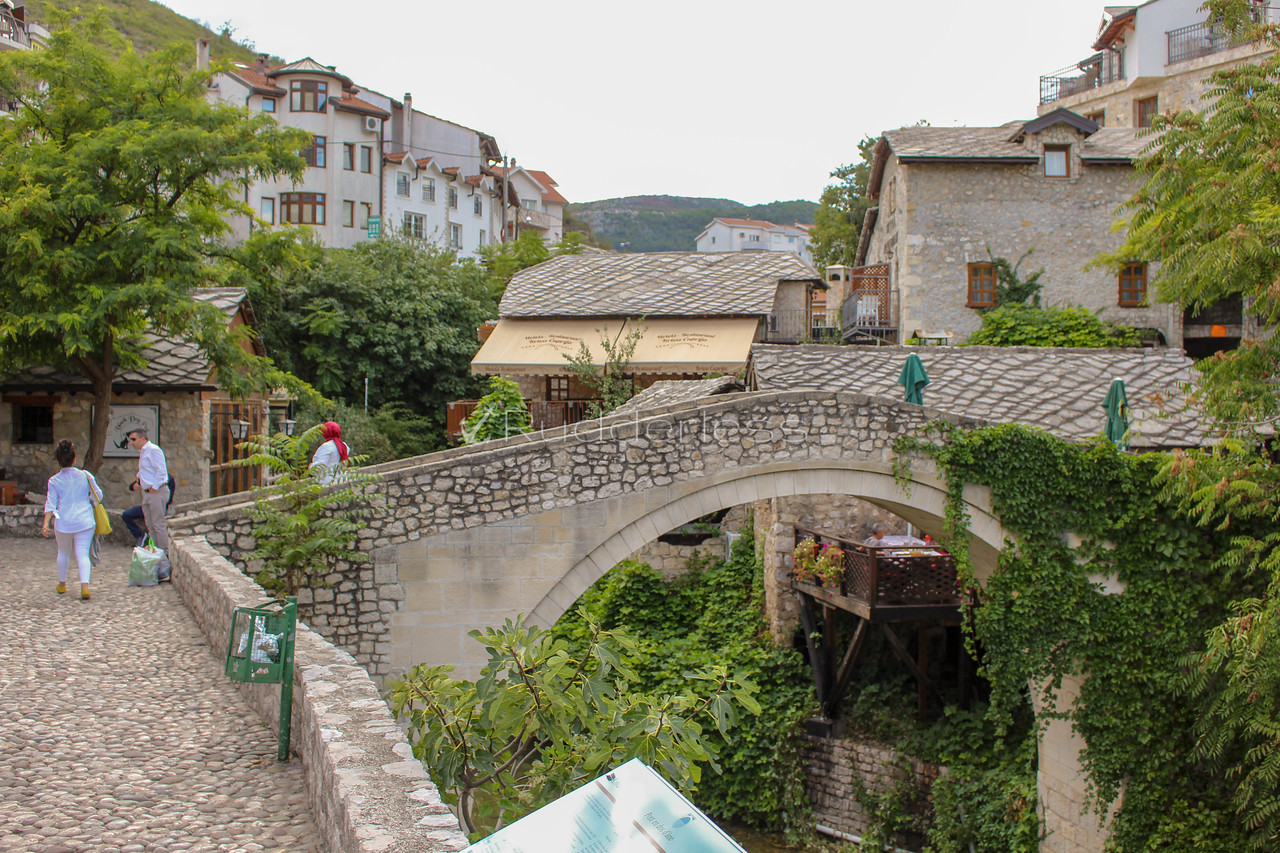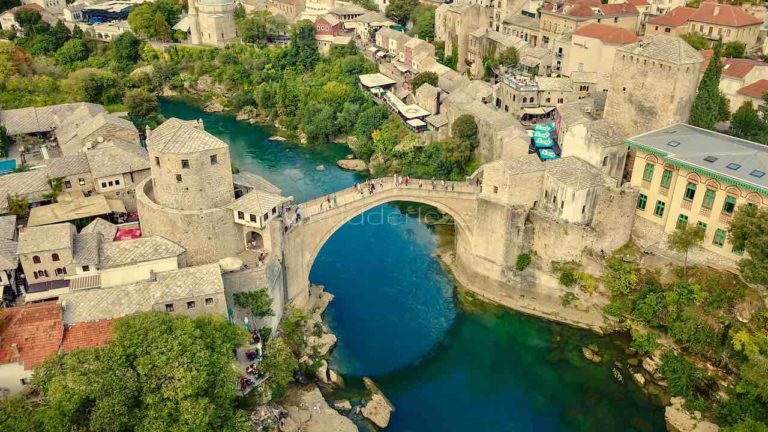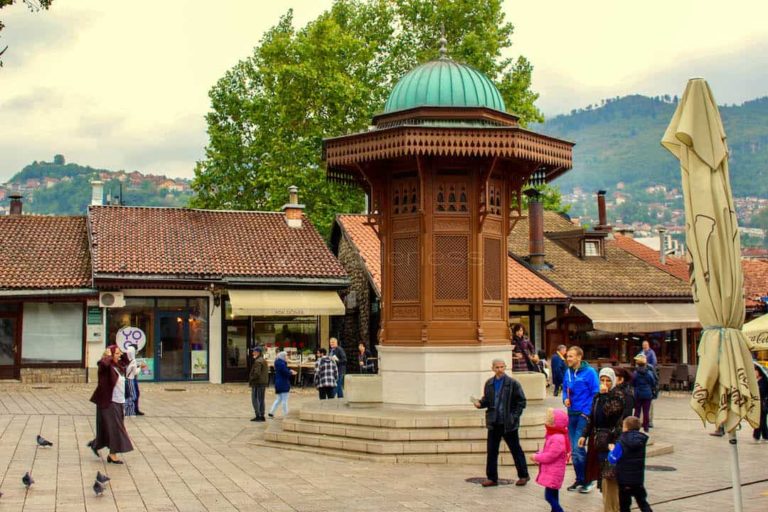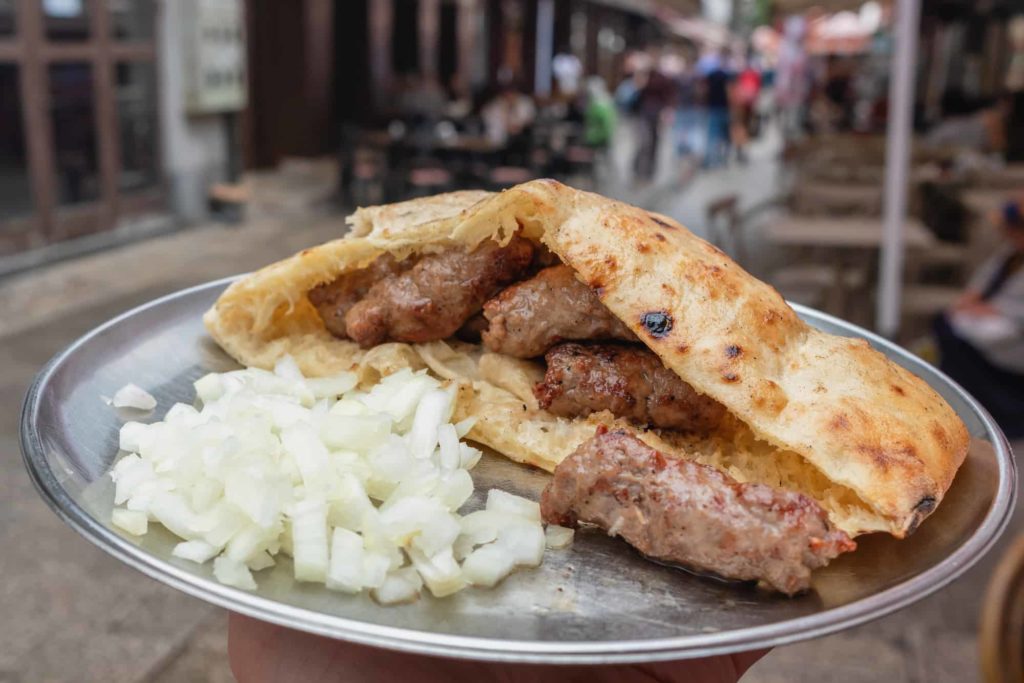
Bosnia & HERZEGOVINA

Bosnia and Herzegovina Location
This photograph of Stari Most has been displayed on my desk for as long as I can remember. Stari Most is located in the city of Mostar and is a very old bridge. This Bosnia and Herzegovina location and the capital Sarajevo are places I was only informed about through a former co-worker who managed to escape safely with her kids.
This place served as one of the settings of the Yugoslav Wars not long ago.

One Day In Mostar, Bosnia and Herzegovina
I’ve had a picture of the Old Bridge on the storage unit above the desk in my office for as long as I can remember – well at least since 2013. That year, one of the places I visited was Turkey and for that leg of the trip, I flew with Turkish Air which as…

A Spectacular 2 Days In Sarajevo
Something here is very different. I’m not sure if it’s the bullet holes I saw in the buildings on the way from the airport to the city center but I feel unsettled.Suddenly, those bullet holes come to life, new ones being made, smoke emanating from them and mothers running with their children trying to seek…
Bosnia Herzegovina History
During the 2nd and 1st centuries B.C., Bosnia Herzegovina was conquered by the Romans. In 1876, Serbia and Montenegro, with assistance from Russia, put pressure on their occupier, the Ottoman Empire. Austria-Hungary assumed the authority of Bosnia Herzegovina in 1878. In 1991, separate from Yugoslavia, Bosnia Herzegovina asserted its independence. With a complex ethnic composition of 44% Muslims, 31% Serbs and 17% Croats – unlike surrounding states dominated by one ethnicity – Bosnia Herzegovina formed its own unique identity.
Capital
Sarajevo is the capital and the largest city of Bosnia and Herzegovina.
A Spectacular 2 Days In Sarajevo
Currency
BAM (Bosnia-Herzegovina Convertible Mark)
Food
With about 400 years of Ottoman rule, traditional Bosnian food shares similarities with Turkish and Mediterranean cuisine, which means organic meat, usually lamb or beef, slow-cooked in their juices with a seasoning of spices. Outstanding!
My sources (my Serbian friends) told me that Bosnians make the best hamburgers, which are known here and in former Yugoslavia as Pljeskavica…and yes, its damn good.
You should also try: Cevapi (small, oblong-shaped kebabs from lamb and beef served in somun called Bosnian pita bread with raw onions), Burek (flaky pastry with a meat, cheese, or spinach filling), Kleppe (Bosnian minced meat dumplings) & Baklava (a dessert treat made from sheets of filo pastry).
I already know you’ll be thanking me so… You’re Welcome!

Electricity
The power plugs and sockets are of type F. The standard voltage is 230 V, and the standard frequency is 50 Hz.
Public Transit
By Plane
Sarajevo Airport is not too far from the city centre. The bus stop is close to City Hall.
By Train
Unfortunately, the train service is slow and the frequency is low. Be sure to buy your ticket before boarding the train, or else you might buy multiple tickets – for part of your trip. There is a daily service from Sarajevo to Zagreb, Sarajevo to Ploce and a daily service from Budapest to Sarajevo.
By Car
Gas stations are few and far between, so fill at the outskirts of towns and cities rather than in them. Mechanics who speak English are hard to find, so take a quick on changing a flat tire.
Border crossings are also stressful, so please make sure you have all your papers and licence ready. If you’re renting a car or using your own car from outside the country, you should be ok with your regular driving license. However, if you rent a car in Bosnia & Herzegovina, you will need an International Driving Permit to go alongside your regular license document and passport.
As I mentioned before, crossing borders can be stressful, so please ensure you have the vehicle registration and rental papers, the insurance documents, your international driver’s permit, your driver’s licence and your passport. Sheesh!
By Bus
Most international buses arrive at Sarajevo except the ones from Belgrade, Serbian. These buses start and stop at Lukavica bus station in Istočno (Eastern Sarajevo) as this is the ethnic Serbian suburb of Sarajevo. (Yeah, tricky, I know)
By Boat
There are ferries from Neum to other cities on the Adriatic and the ones that go into Croatia and other countries. To get around locally, you can also hop onto one of the privately run boats that ply mainly along the inland rivers and lakes.
Safety
Like most European cities crime against tourists is not high but beware of pickpockets in cities and on public transport, and in areas known as popular tourists spots. Unexploded landmines remain a real danger, particularly in isolated areas in the mountains and countryside. Terrorist attacks are unfortunately a reality in Europe these days.
